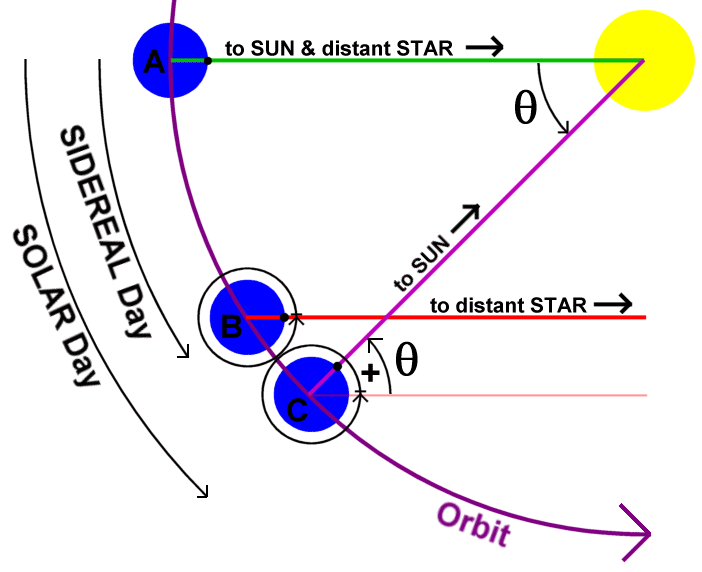Message in a Bottle
I assumed that messages in bottles were a trope of pirate films and Enid Blyton novels that didn't have any factual basis. However, it turns out that several studies have been done it recapture rate and it appears that bottles released within 100 miles of the shore are found about 10% of the time, with that figure falling to about 2% for the middle of the oceans. How do we know these figures? Well, from the 1970s scientists have released collections of somewhere between 500 and 1000 bottles with instructions to contact the team if someone finds one of the clearly marked bottles.
However, due to the low sample sizes used and the relative rarity of positive results, the data was highly variable. In 1992 an accident occurred where a ship had 10 containers blown overboard which released 28,800 floating plastic toys into the Pacific Ocean. They were called Friendly Floatees and comprised of yellow ducks, red beavers, blue turtles and green frogs and they initially had cardboard packaging attached to them, but it quickly degraded in the sea.
After 10 months adrift the first of the toys started to wash up onto the beaches of Alaska having been carried with the currents. Oceanographers had realised that this accident, while littering on a huge scale, was incredibly useful for testing models for water flows. The press got involved and helped spread the news that any Friendly Floatees found should be reported. The path of the main clump circled back around Westwards from Alaska, to Russia and then Japan by about 1995. Then a second turn took them across the Pacific once again towards Alaska again. However this time they went through the Bering Strait and got caught in the artic ice.
After many years of pushing through the ice across the pole (sigh) the first of the toys were released into the Atlantic in 2003, with lots following the previous year. By 2007 a huge number of them were turning up on British beaches with increasingly high rewards for finding and reporting one.
All of this got me thinking about the potential for communication between civilisations in pre-ocean crossing times. Words would be meaningless, but something akin to the Arecibo Message could be done; pictures tucked up on scrolls in a bottle. Maps would be particularly useful as would universal things you know will be the same; for example a picture of the sun and the moon or one of trees. As far as I'm aware, nothing of this nature has been recorded.
In looking it up I came across some message in a bottle stories that I quite liked; so I'm going to share some. When Christopher Columbus was on his famous voyage he became convinced that "Our Lord wishes him to perish" and he didn't want the important news to fail to reach the monarchs back in Spain. So he allegedly wrote his exploits so far onto parchment along with instructions to forward it to King Ferdinand and Queen Isabella if found. This was then tucked into a cloth which was then covered and sealed in wax. This was then put inside a wooden barrel and set adrift. No one ever found it, so while it would be romantic to imagine that it is still floating adrift around the world; I imagine the barrel is long rotted and a lump of waxing holding its treasure is at the bottom of the ocean.
Ok, two more of my favourite stories, both originality in WW1. In 1916 the German Zeppelin L19 was downed by a British ship and their commander had the crew write out their messages to loved ones as well as a report of their final sinking and put it in a floating container.
The final moments
Six months later the container was found of the coast of Sweden and it revealed the story of the final moments of the sinking hulk of Zeppelin. As it went down over the course of hours a British fishing ship called the King Stephen was illegally fishing in the waters near it. It's cew refused to rescue any of the German airmen either through fear of being attacked themselves or out of the cold-heartedness against a crew which had been bombing Walsall.
But let's end on a love story since so many of the message in a bottle stories end this way. In 1914 Private Thomas Hughes wrote a love letter for his wife and flung it into the English Channel two days before he died. The bottle was found in 1999, 20 years after the wife's death by a fisherman from Essex. Named Stephen Gowan he was determined that the letter should finally be delivered to someone, so he managed to track down the next living relative; the daughter of the pair. Now living in New Zealand he delivered her father's message in person, but to the global press's glee; we do love a good news story.










